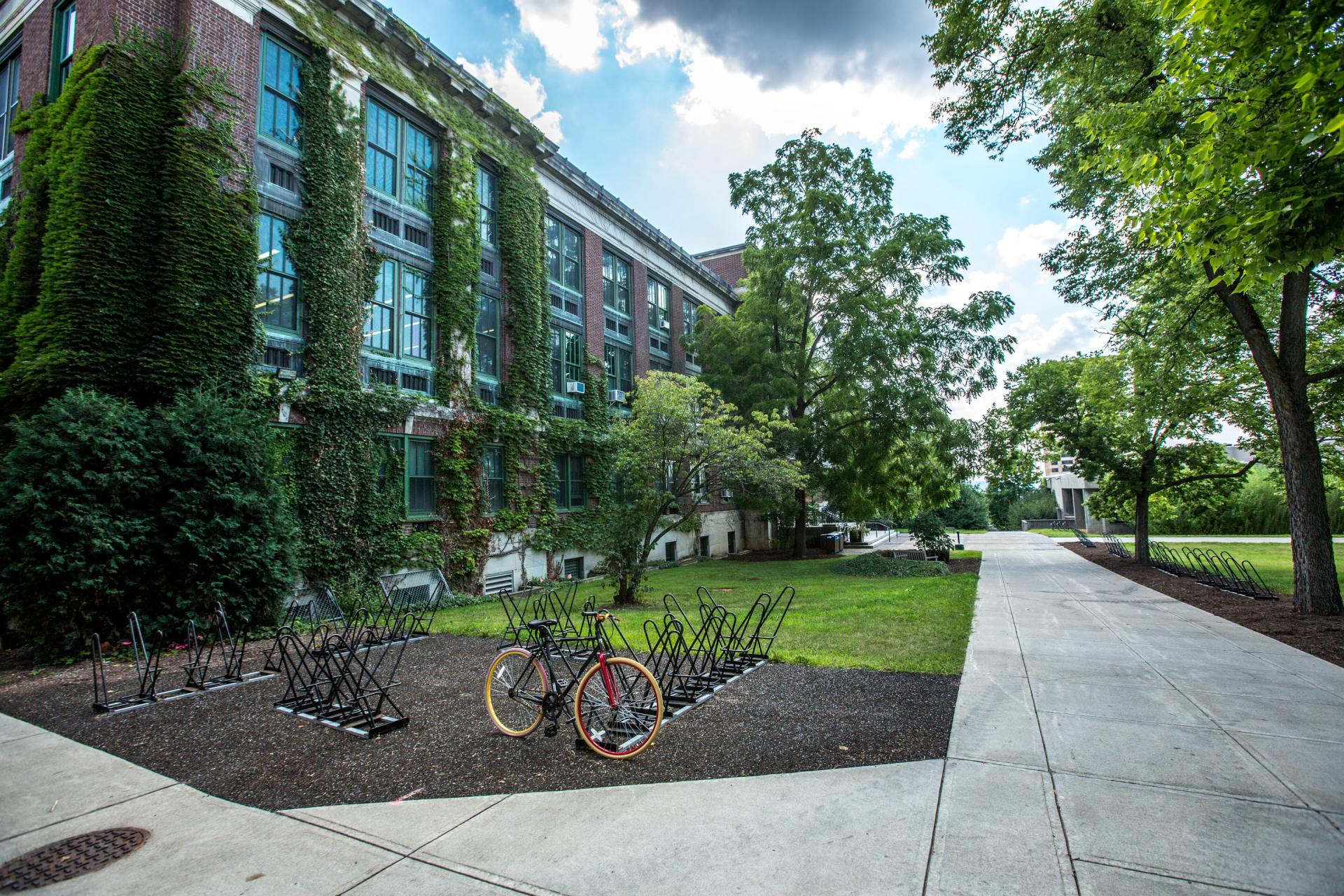Fewer people applying Early Action also results in higher acceptance rates. The risk is also higher for families as they are blindly accepting the risk of financial constraints. Early Decision is binding which essentially means a student is going to that school whether they can afford it or not. There is no leverage for families; Early Decision means a family’s ability to negotiate with an institution is severely handicapped because they are already signed a contract. It is like trying to negotiate with a car dealership after you have already bought the car...good luck!
The challenge with Early Decision is the current model only allows a student to apply to one college. So, if a student wants the benefit of a little higher acceptance rate, they need to pick the one college they feel they have the best chance of gaining admission. In my family, I have told my own kids that college does not define who they are, and I firmly believe that. Therefore, what happens if 3-4 schools really have a student’s heart? What if a student would be elated to attend any of the four choices on their final list? Now they have to choose the college, not that captures their heart, but the one they believe they have the best odds of getting accepted? Worse, the decision to not apply to a competitive college is based on a one-sided perspective since the student is blind to how a college or university may have viewed their application. As a country, we want our kids to be bold and dream big. The current Early Decision process encourages kids, especially low-income students, to settle for safer options and limit their potential.






